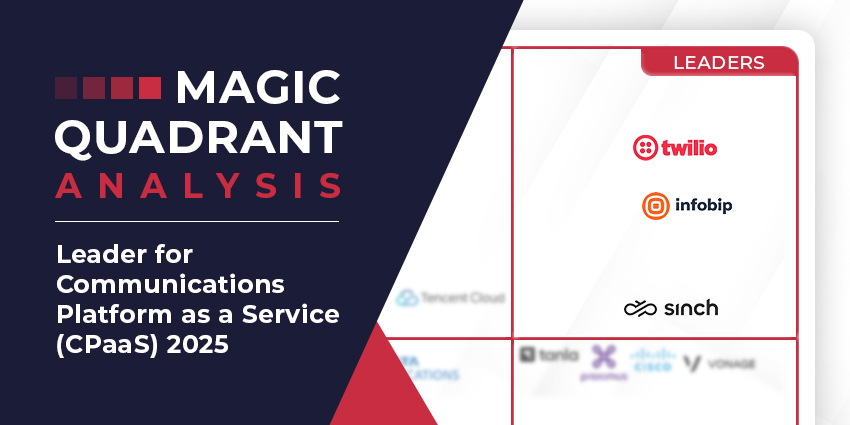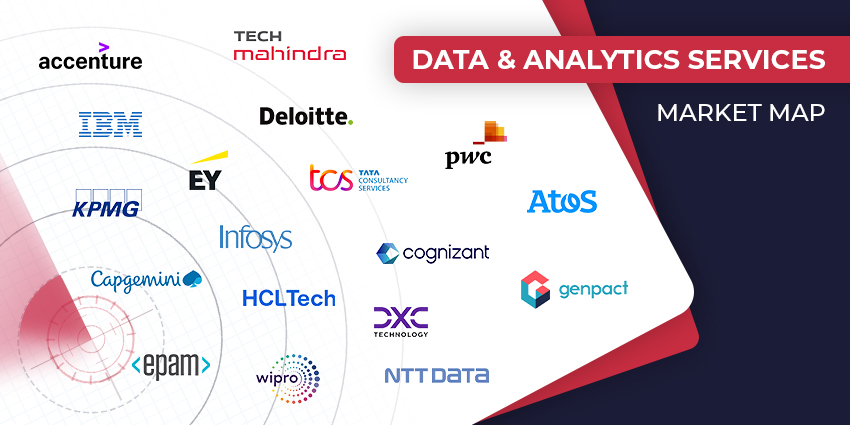Consumer demand has sky-rocketed over the course of the COVID-19 pandemic. Many businesses have adapted their strategies to meet these exceptional demands, but for many, they are simply falling behind.
In order to focus on delivering exceptional CX throughout one of the most challenging periods in modern history, a wave of organisations have installed new working from home systems. But while this injected some much-needed order into businesses, it meant a vital aspect of this process was largely ignored; customer interaction data.
In an exclusive interview with Sharon Einstein, Vice President and General Manager – Customer Engagement Analytics at NICE, CX Today explores the link between higher call volumes providing a wealth of access to customer data, and how leveraging it should be key to any business recovery plan.
“With fewer agents in the office and many businesses working feverishly to install new work-from-home systems, some customers were left waiting longer for replies from companies than they expected, Einstein begins.
“However, as businesses adjusted to the new climate, it became clear that the higher volume of online interactions provided access to a wealth of untapped customer interaction data. This data is proving to be a major asset for companies looking to better understand their customers and the customer journey and leverage it to improve service experiences.”
Einstein goes onto explain that 2021 will see organisations increasingly leveraging advanced analytics and artificial intelligence (AI) to incorporate extreme customer experience (CX) agility into the fabric of their business by gaining real-time insights into shifting customer needs.
She adds: “This will enable the organisation to improve responses to these needs in real-time, and to ultimately meet and exceed those needs. This agility will have to be incorporated at all levels of a business through advanced AI-enabled analytics – from decision-makers through to the contact centre agents speaking with customers.”
Analytics Makes for Improved Decision-making
“In 2021, organisations will accelerate adoption of a much more streamlined, agile approach to understanding customer interaction data which will help them keep pace with rapidly changing customer and market needs, Einstein says.
“Instead of tapping analytics to find a blanket solution for all, the use of AI-enabled analytics at every level of an organisation will make it possible for the first time to create hyper-personalised customer experiences.”
We all know that AI makes customer data easier to manage as live agents simply do not have the ability to plough through such a vast amount of data. But as new operational methods have cemented themselves during the pandemic, can the same be said for advances in AI?
Einstein explains: “Advanced AI-based analytics provides accurate, easy to understand, prescriptive metrics that enable every role to take informed and measurable data-driven actions in real-time. Equally, many businesses that take pride in investing in their customer services may not have access to large quantities of customer data like some of their larger competitors. Pre-built, out-of-the-box AI models that do not require expertise or large amounts of data to train automated intelligence are emerging to help organisations easily harness their data and drive hyper-personalised experiences.
“The true potential of analytics and AI stretches further than just informing decisions made at the top. This technology will be used to develop new ways to solve customers’ problems and enable informed decision-making from the ground up. While traditionally challenging, detecting if a customer is likely to make a complaint, acting suspiciously, or may be about to leave the business in real-time is fast becoming a reality with AI-based analytics. What’s more, evaluating customer communication styles or preferences has relied heavily on the intuition of the contact centre agent. To pin down such behaviours and trends, AI and analytics are poised to become part of the standard approach used by customer-centric businesses in 2021.”
A Problem Shared
When it comes to the management and distribution of said data, AI and analytics tools enable a deeper understanding of the customer. This is vital at this stage as companies wrangle their way out of the crisis, as it had paved the way to a change in how customers are choosing the businesses and brands they spend money on, with trends emerging not only in higher demands and expectations, but also what values businesses hold.
“Quality management and AI analytics-driven capabilities are at the core of solving subjective problems in a contact centre,” Einstein says.
“For an agent, knowing how to speak to a specific customer, or whether there are key phrases or other behaviours that could be adopted to encourage a positive conversation in real-time, opens a wealth of CX opportunities.
“These AI-driven analytics improvements will help business leaders and customer service teams develop a better understanding of customer needs, as well as a better approach to problem-solving. This will help to ensure a consistently positive customer experience, enabling contact centre agents to deliver an extraordinary level of customer service on an individual basis.”
Contact Centre Agent Empowerment
It’s now not only a prediction that new operational methods will remain, as many experts now say it’s highly unlikely businesses will go back to their old models of working. The pandemic, analysts say, has catapulted some seven to eight years of advances into the present. But how will AI and analytics play a role with future customer interactions?
“They’ll provide value when it comes to training and empowering the workforce,” Einstein says.
“For example, they can help cut the time and cost of manual listening and random sampling of interactions for evaluation, as well as achieve consistent scoring on 100% of agent behaviours that directly influence customers’ satisfaction.
“Perhaps the most compelling use for AI and analytics in the contact centre revolves around enabling management to empower their staff to perform at their best while improving the overall quality of service. For firms that adopt this technology in 2021, team leaders will be able to personalise coaching to boost agents’ strengths and help improve weak areas so that they can consistently deliver their best level of service. This is particularly helpful in today’s environment where employees will continue working from home for the foreseeable future.
“In practice, this means agents can leverage AI-enabled, real-time guidance to take corrective actions while they are interacting with customers. Businesses will increasingly adopt AI applications that provide agents with scores, tailored feedback, personalised training objectives and a wealth of other data to improve themselves and grow in their role. As well as helping to maintain high customer satisfaction levels, the use of personalised feedback and training goals will help managers keep their workforce engaged and job satisfaction levels high.”
She adds: “Customers interactions have boomed amidst the pandemic – particularly through digital channels. Contact centres represent a lifeline to customers in many ways, especially given current uncertainties. AI and analytics is the key, enabling contact centre experts to generate and then maintain exceptionally positive customer experiences for years to come.”
To conclude, the pandemic has changed consumer attitudes and behaviours indefinitely, with purchasing habits consistently changing. These new mannerisms will remain post-pandemic. And to manage isolation, consumers are flocking to digital to connect. But in doing so, businesses need to continue to unlock the swathes of customer data on offer to make sure they’re not alone in the battle against COVID-19. And AI is absolutely the way to achieve this.






